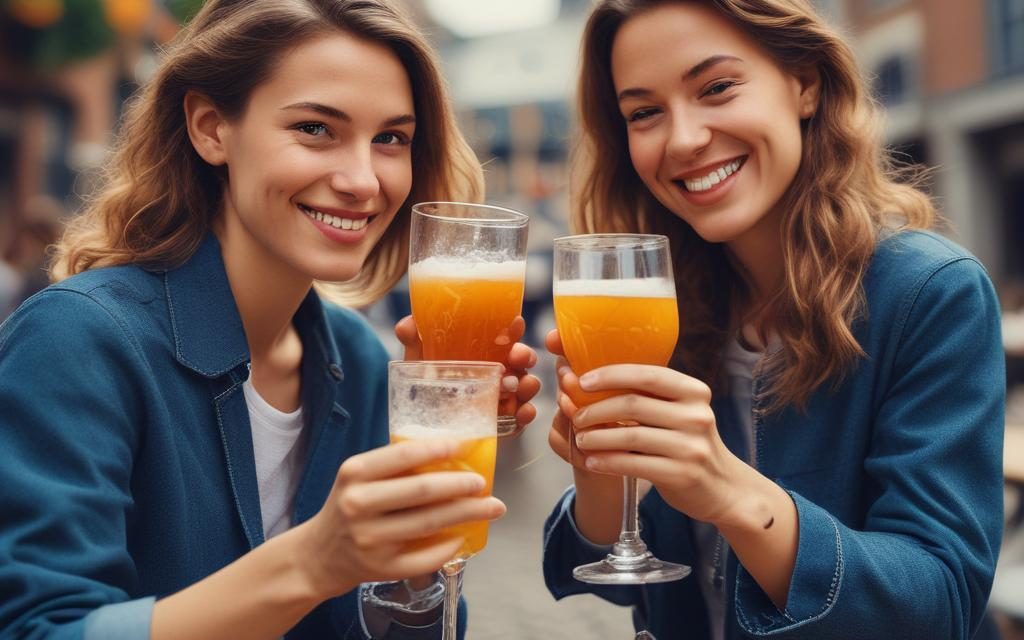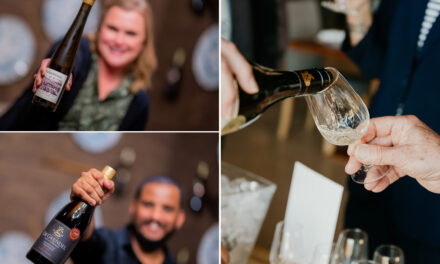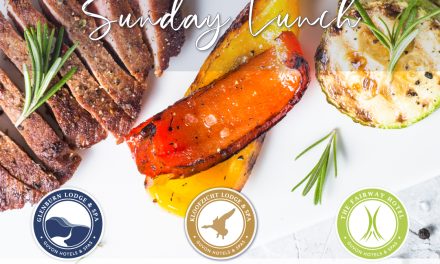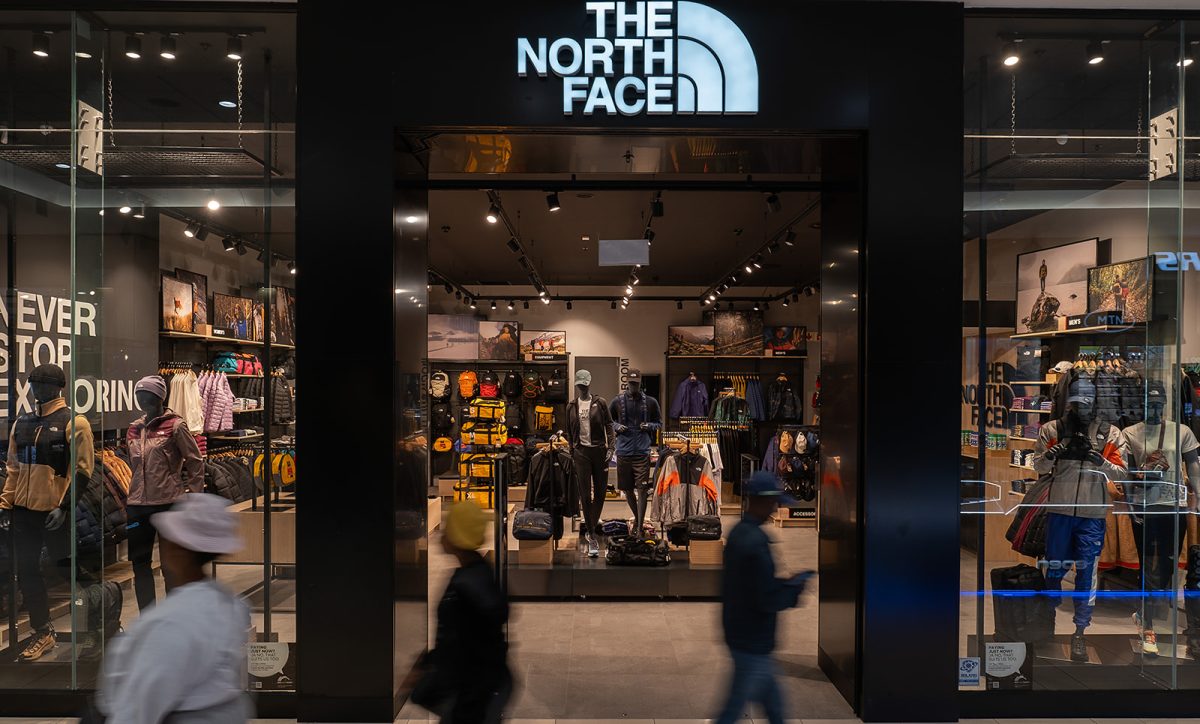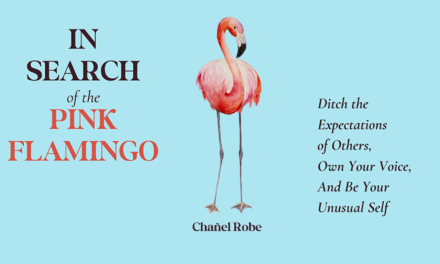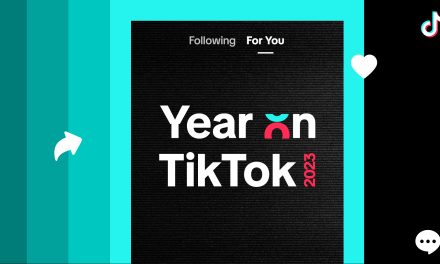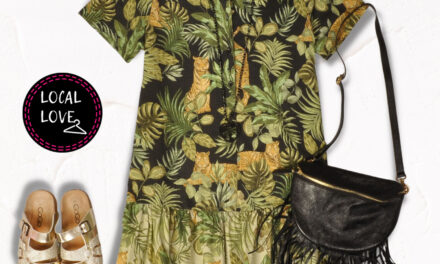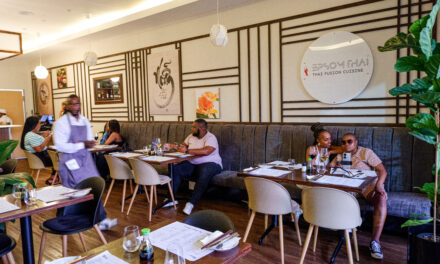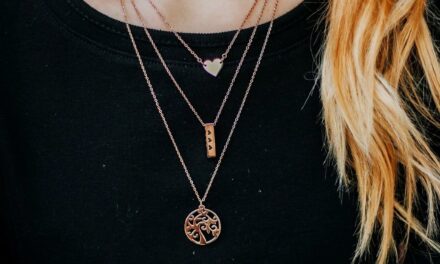The surge in sophisticated non-alcoholic (NoLo) beverages reflects a notable change in consumer choices, spurred by various influences.
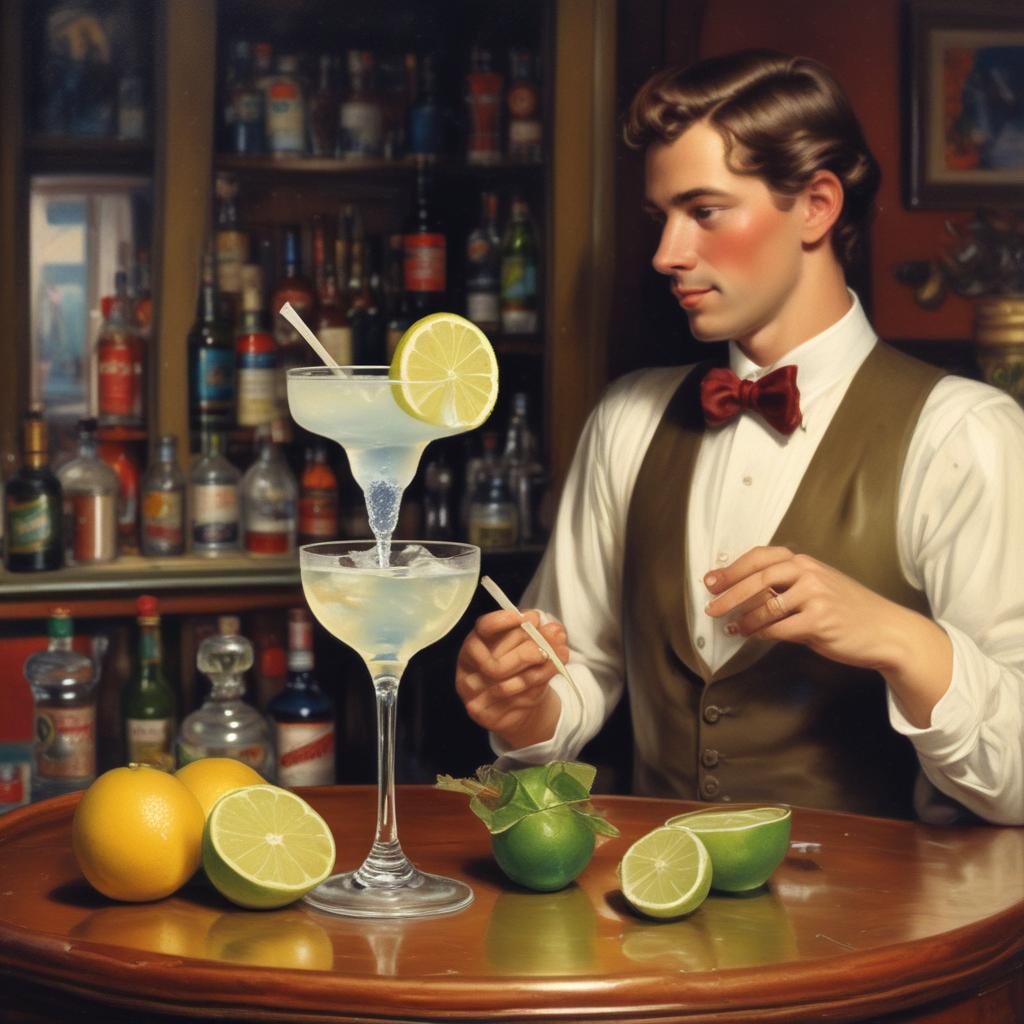
- Increased Health Consciousness: The COVID-19 pandemic emphasized the importance of health and wellness worldwide. During the pandemic, lockdown measures, including restrictions on alcohol sales, prompted individuals to reconsider their consumption habits and prioritize their physical and mental well-being.
- Expanding Options: The availability of a wider range of non-alcoholic drinks in supermarkets, restaurants, and bars has been pivotal. Consumers now encounter diverse options, including alcohol-free beers, wines, and spirits, as well as more refined mocktail selections. This increased variety addresses the demand for sophisticated non-alcoholic beverages, previously limited to basic choices like lime and tonic.
- Market Growth: Market data reflects the burgeoning interest in the NoLo category. Reports from reliable sources, such as IWSR, indicate significant revenue growth in the sector. Projections suggest substantial expansion, with the global value of the no/low-alcohol category expected to surpass significant milestones in the coming years, driven primarily by the popularity of alcohol-free products.
- Social Trends and Preferences: Changing attitudes towards alcohol consumption contribute to the rise of NoLo drinks. A shift towards mindful drinking, especially among younger demographics, is evident. Factors such as mental health awareness and the influence of wellness trends on social media platforms shape consumer behavior. Notably, research highlights a growing number of Gen Z individuals opting for alcohol-free alternatives, emphasizing their concern for well-being.
- Accessibility and Convenience: The convenience of accessing non-alcoholic beverages through online platforms, like ecommerce retailers specializing in these products, plays a crucial role. Enhanced accessibility addresses the frustrations of consumers seeking varied options in traditional retail settings. Initiatives like Drink Nil aim to consolidate diverse non-alcoholic brands, offering consumers a convenient avenue to explore and purchase these products.
- Blended Consumption Patterns: The emergence of a “blended” consumer segment underscores the notion that participation in the NoLo movement does not necessitate complete abstinence from alcohol. Many individuals, including pregnant women, designated drivers, or those simply choosing to abstain on occasion, appreciate the option to enjoy non-alcoholic alternatives without feeling excluded from social gatherings. This inclusive approach acknowledges that consumers may opt for non-alcoholic beverages alongside traditional alcoholic drinks, providing them with comparable taste experiences without the intoxicating effects.
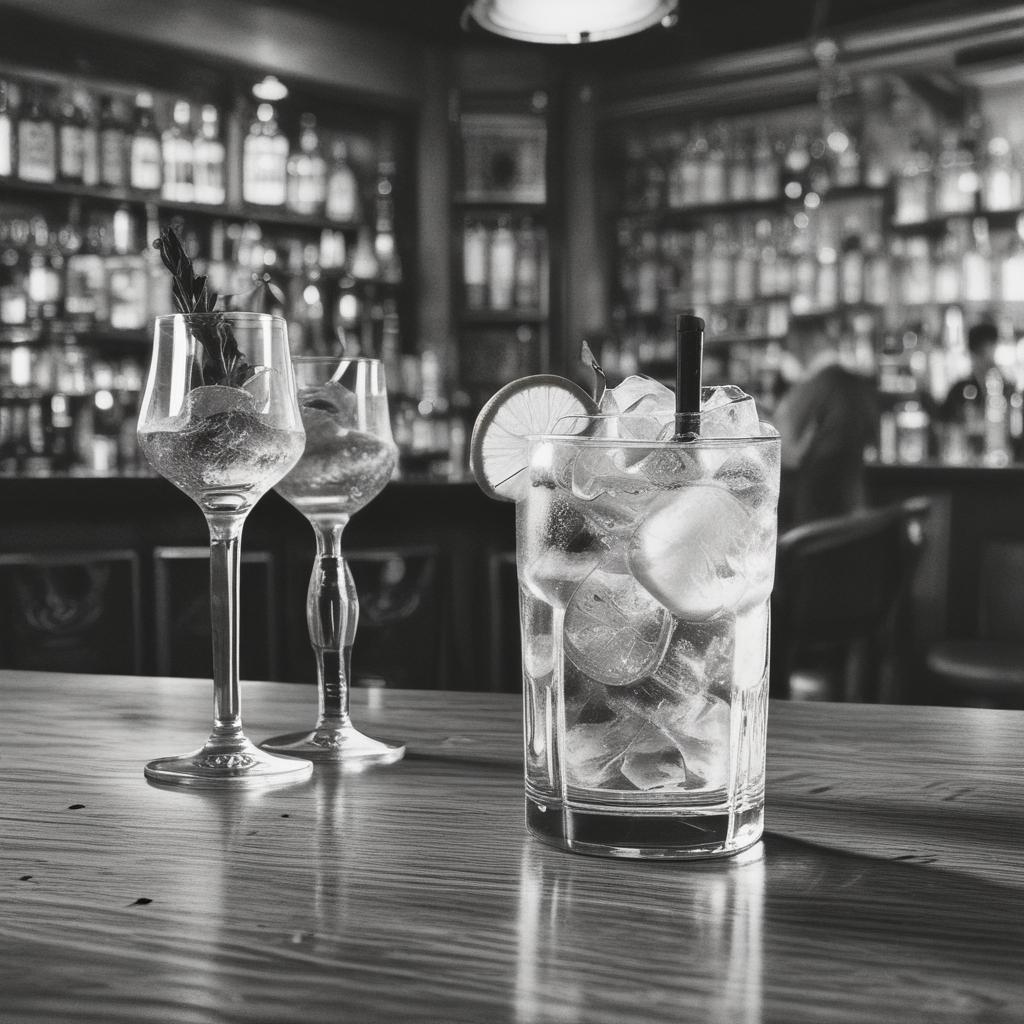
In conclusion, the growth of sophisticated non-alcoholic beverages reflects evolving consumer preferences influenced by health consciousness, increased product availability, market expansion, social trends, accessibility, and inclusive consumption patterns. This shift underscores a broader cultural movement towards mindful drinking and diversified beverage choices.

